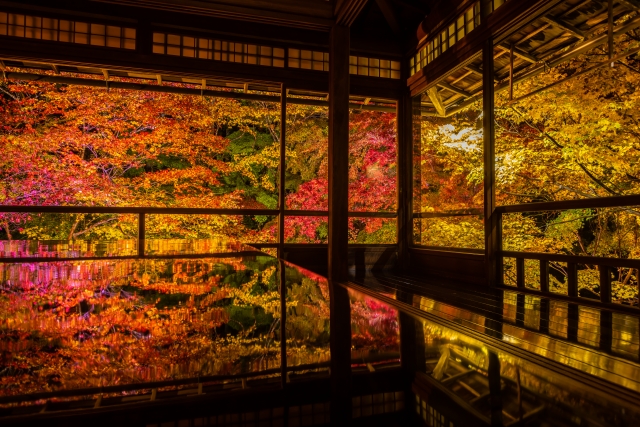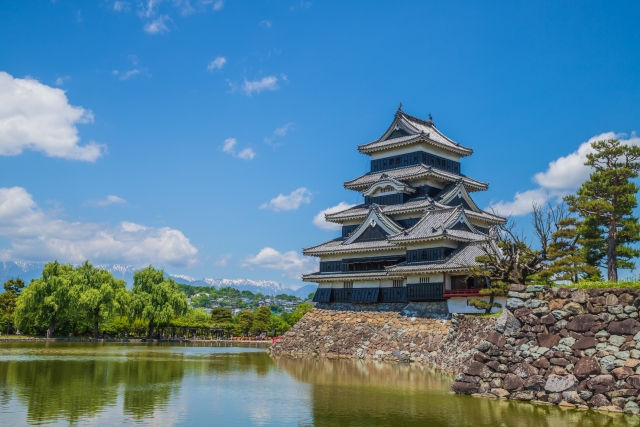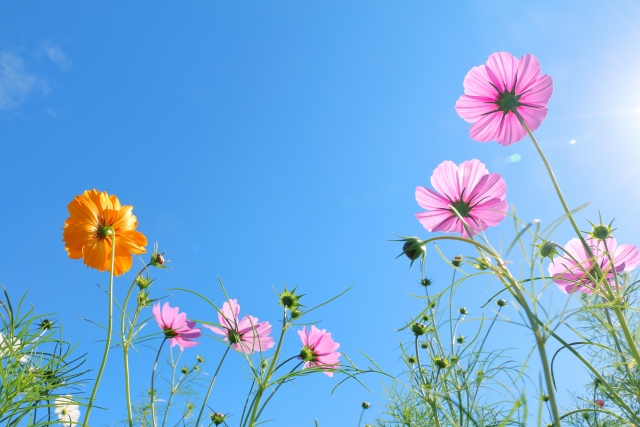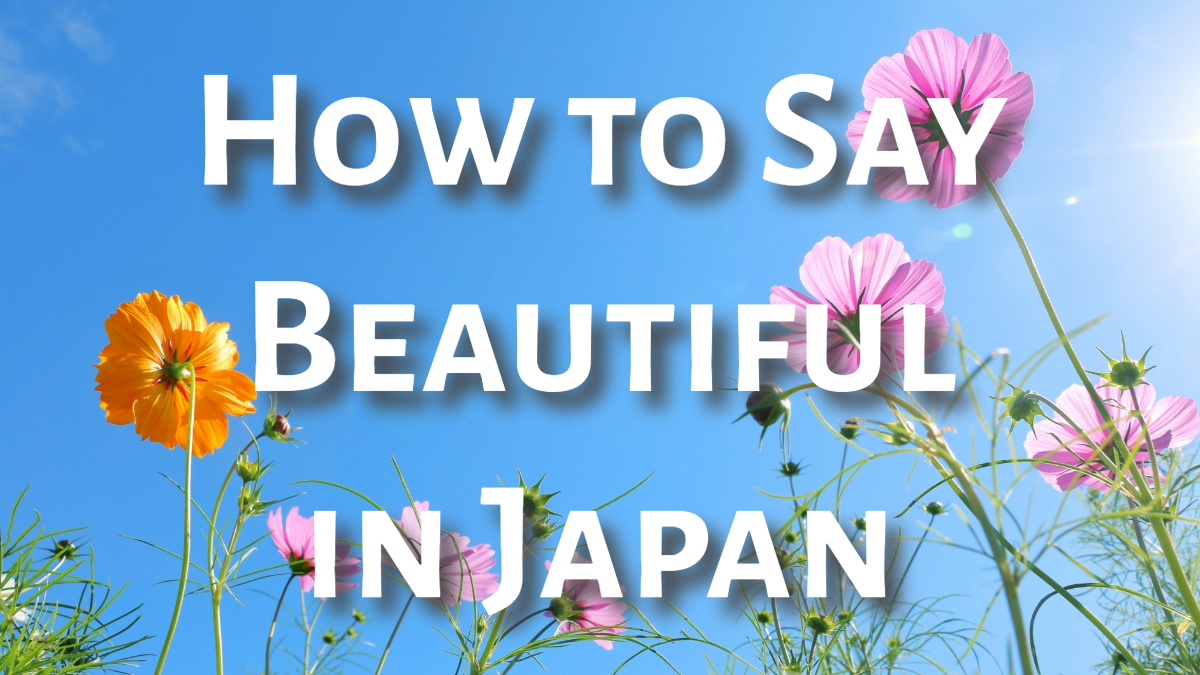When learning a new language, we often seek direct translations of familiar words. However, languages encapsulate unique cultural perspectives, none more so than Japanese (日本語). In Japanese, the concept of ‘beautiful’ isn’t confined to a single word but expressed through several, each reflecting different degrees and contexts of beauty.
‘Kirei’ (きれい): The Common Descriptor
The most common Japanese equivalent of ‘beautiful’ is ‘kirei’. While it directly translates to ‘pretty’ or ‘clean,’ it’s often used broadly to refer to things that are aesthetically pleasing. From a well-arranged room to a picturesque view, ‘kirei’ is your go-to term for everyday beauty, encompassing neatness and a sense of order.
‘Utsukushii’ (美しい): Classic Beauty

‘Utsukushii’ resonates with a deeper, more classical sense of beauty. It’s used to describe something that captivates the senses and spirit, akin to the English ‘beautiful’ or ‘lovely.’ This term might be used for a stunning piece of art, a scenic vista, or even a heartfelt gesture, denoting a higher level of admiration.
‘Suteki’ (素敵): Fantastic and Wonderful

When the beauty of something strikes you as charming or delightful, the word ‘suteki’ comes into play. It’s akin to saying ‘fantastic’ or ‘wonderful’ in English and can refer to both physical attractiveness and situational appeal, like a lovely outfit or a fantastic idea for a date.
‘Migoto’ (見事): Splendid to Behold

‘Migoto’ is reserved for something that impresses with its splendor. It’s akin to ‘magnificent’ or ‘splendid’ in English, often used to describe grandeur and majesty, like a breathtaking performance or an architectural marvel. It’s the kind of beauty that commands awe and deep respect.
‘Kawaii’ (可愛い): Cutely Beautiful

No discussion of beauty in Japanese is complete without mentioning ‘kawaii,’ the ubiquitous term for ‘cute.’ From popular culture to casual conversation, ‘kawaii’ is used for things that are endearingly beautiful, often eliciting a sense of protectiveness and warmth. It’s a softer, more approachable aspect of beauty.
Conclusion
Understanding the nuances of ‘beautiful’ in Japanese requires recognizing the cultural context in which beauty is perceived. Each term represents a different shade of appeal, allowing speakers to convey their appreciation with precision and sensitivity. Whether it’s the elegance evoked by ‘utsukushii,’ the awe inspired by ‘migoto,’ or the accessible charm of ‘kawaii,’ learning these distinctions is a step towards grasping the rich aesthetic tapestry of the Japanese language and culture.




